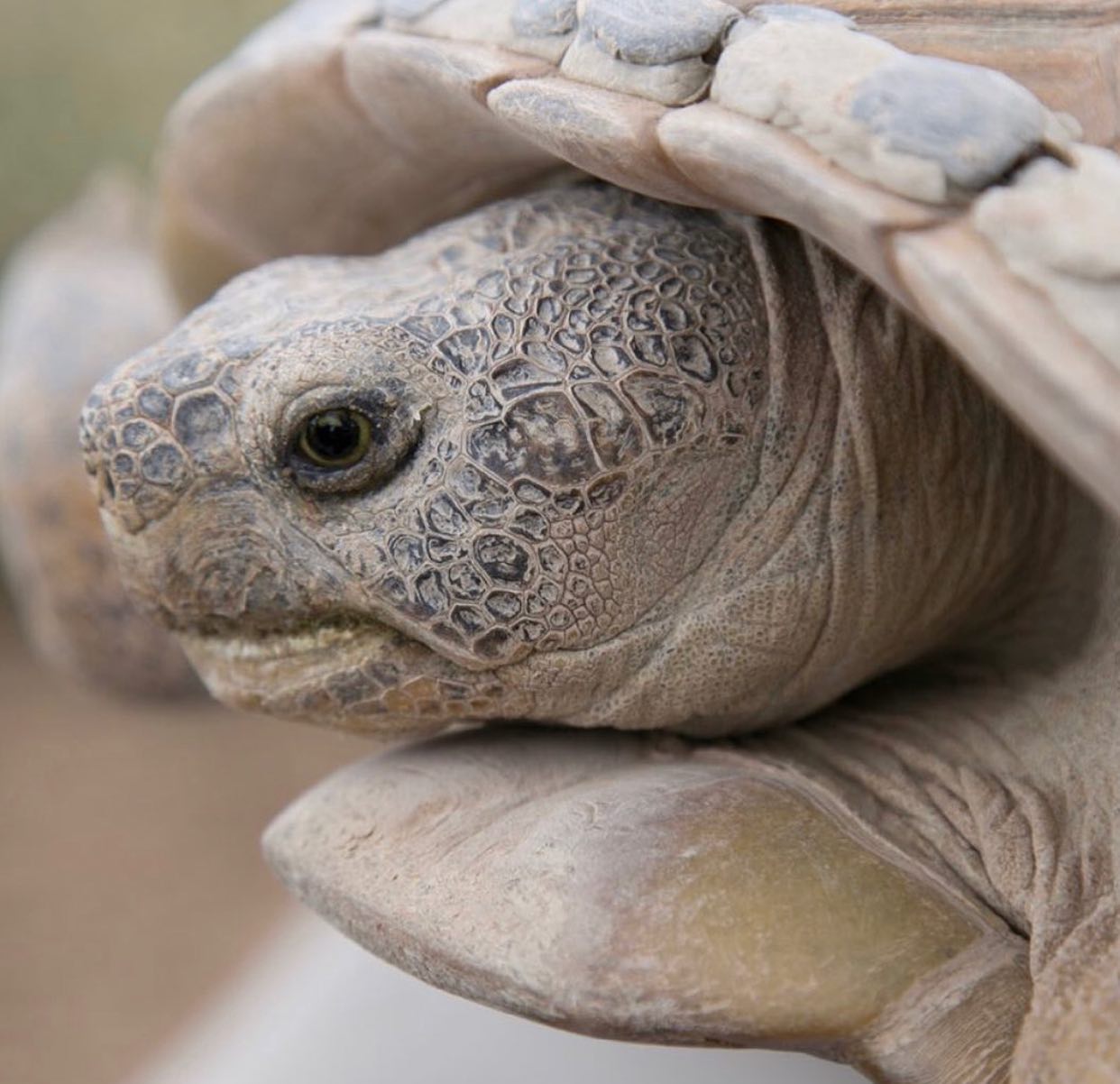- The significance and identification of the Bolson Tortoise (Gopherus flavomarginatus) as North America’s largest and rarest tortoise
- The natural habitat and geographical distribution of the Bolson Tortoise
- Conservation efforts and strategies aimed at protecting the Bolson Tortoise
- The impact of habitat preservation on the Bolson Tortoise population
- The role of public support and engagement in the conservation of the Bolson Tortoise
The Bolson Tortoise, scientifically known as Gopherus flavomarginatus, holds the distinction of being North America’s largest and rarest tortoise. This remarkable reptile is characterized by its massive size, reaching lengths of up to 18 inches and weights of up to 30 pounds. Its carapace, or shell, is domed and features a distinctive yellowish margin, from which it derives its scientific name. The Bolson Tortoise also possesses a pair of soulful, expressive eyes that capture the essence of its gentle demeanor. These tortoises are herbivorous, primarily feeding on grasses, cactus pads, and various desert plants.
The natural habitat of the Bolson Tortoise spans the Chihuahuan Desert, particularly in the Bolson de Mapimí region of northern Mexico. This arid landscape, characterized by sparse vegetation and a mix of desert scrub and grassland, offers the ideal conditions for these tortoises. The area provides the essential resources for the tortoises’ survival, including food, shelter in the form of underground burrows, and a relatively stable climate. Despite the harshness of the desert environment, the Bolson Tortoise has evolved to thrive in these conditions, relying on its burrows to regulate body temperature and moisture levels.
Conservation efforts for the Bolson Tortoise have become increasingly urgent due to the rapid decline of its population. With habitat destruction, illegal pet trade, and climate change posing significant threats, various organizations and researchers have stepped up to protect these tortoises. One of the key strategies has been the purchase and preservation of critical habitat. By acquiring significant portions of the Bolson Tortoise’s remaining natural range, conservationists can create protected areas where these tortoises can live safely in the wild.
These conservation efforts involve meticulous research and monitoring. Scientists track the tortoises’ movements, reproduction rates, and health to gather data for management practices. Habitat restoration, such as reintroducing native vegetation and managing invasive species, also features prominently in these efforts. Additionally, captive breeding programs have been established to boost the population and ensure genetic diversity. These programs involve raising hatchlings in controlled environments before releasing them into protected wild areas.
The impact of habitat preservation on the Bolson Tortoise population is profound. By safeguarding large tracts of land, conservationists provide the tortoises with a stable environment free from human encroachment and degradation pressures. This stability allows the tortoises to engage in natural behaviors, such as foraging and mating, which are critical for their survival and reproductive success. Protected areas also serve as research sites where scientists can study the tortoises in their natural habitat, gaining insights that can be applied to broader conservation strategies.
Public support and engagement play a crucial role in conserving the Bolson Tortoise. Education and outreach programs help raise awareness about preserving this species and its habitat. Community involvement often extends to local conservation initiatives, where citizens can participate in habitat restoration and monitoring activities. Additionally, financial support from individuals and organizations enables conservationists to fund essential projects and research. By fostering a sense of stewardship and responsibility, these efforts can inspire lasting commitment to the conservation of the Bolson Tortoise.
Protecting the Bolson Tortoise requires a multifaceted approach that combines habitat preservation, scientific research, and public engagement. The efforts to conserve North America’s largest and rarest tortoise stand as a testament to the importance of biodiversity and the collective responsibility to preserve our natural heritage. Through continued dedication and support, we can help ensure a future where the Bolson Tortoise thrives in its wild home.
*****
Source Description
It’s easy to get lost in the the soulful eyes of North America’s largest & rarest tortoise, the Bolson Tortoise (Gopherus flavomarginatus). We enjoy the unique opportunity of protecting them in their wild home, having purchased a significant portion of their last remaining habitat. With your support, we’re able to keep vulnerable turtles & tortoises safe and at home in the wild where we love to see them thriving!


